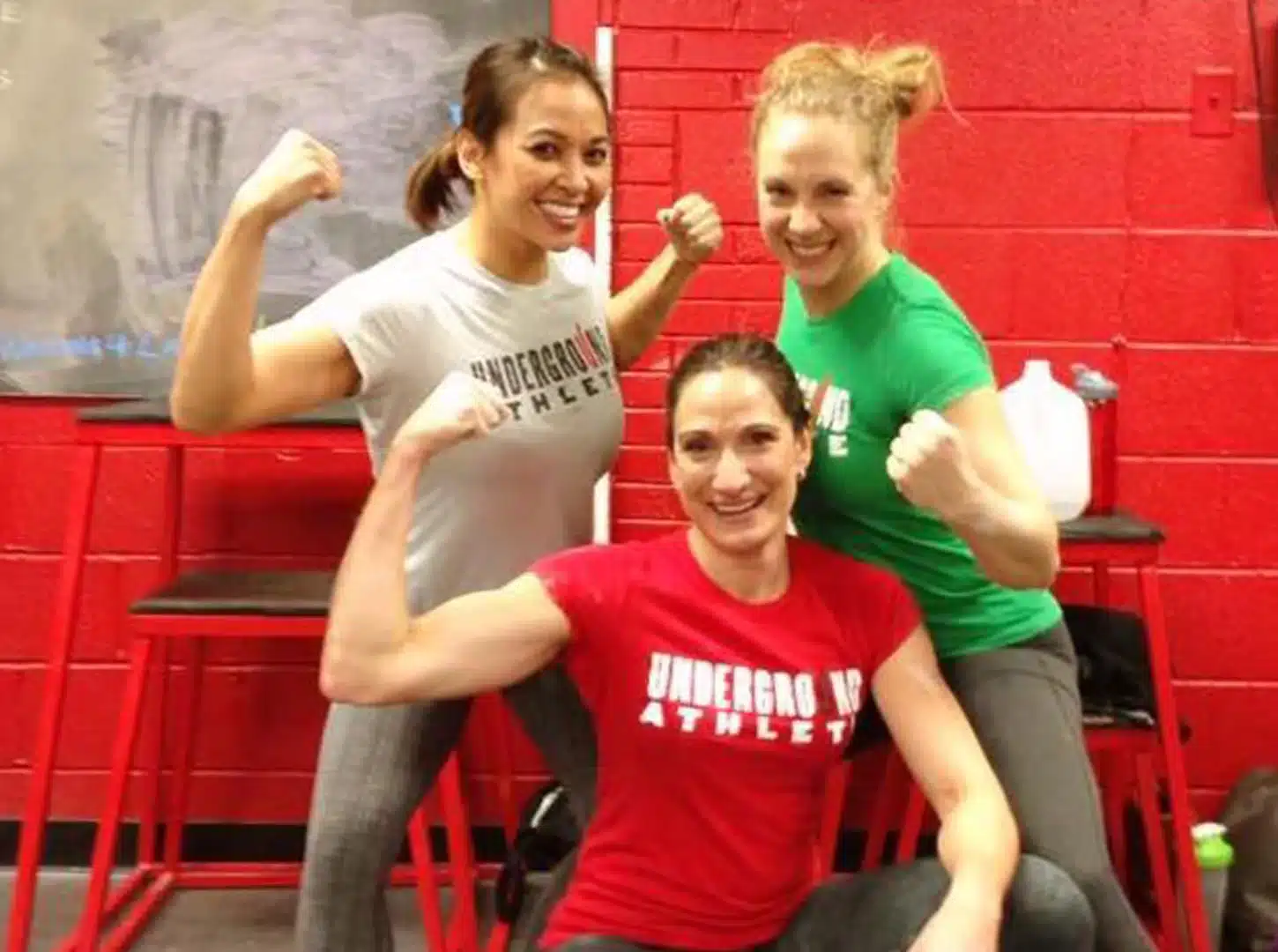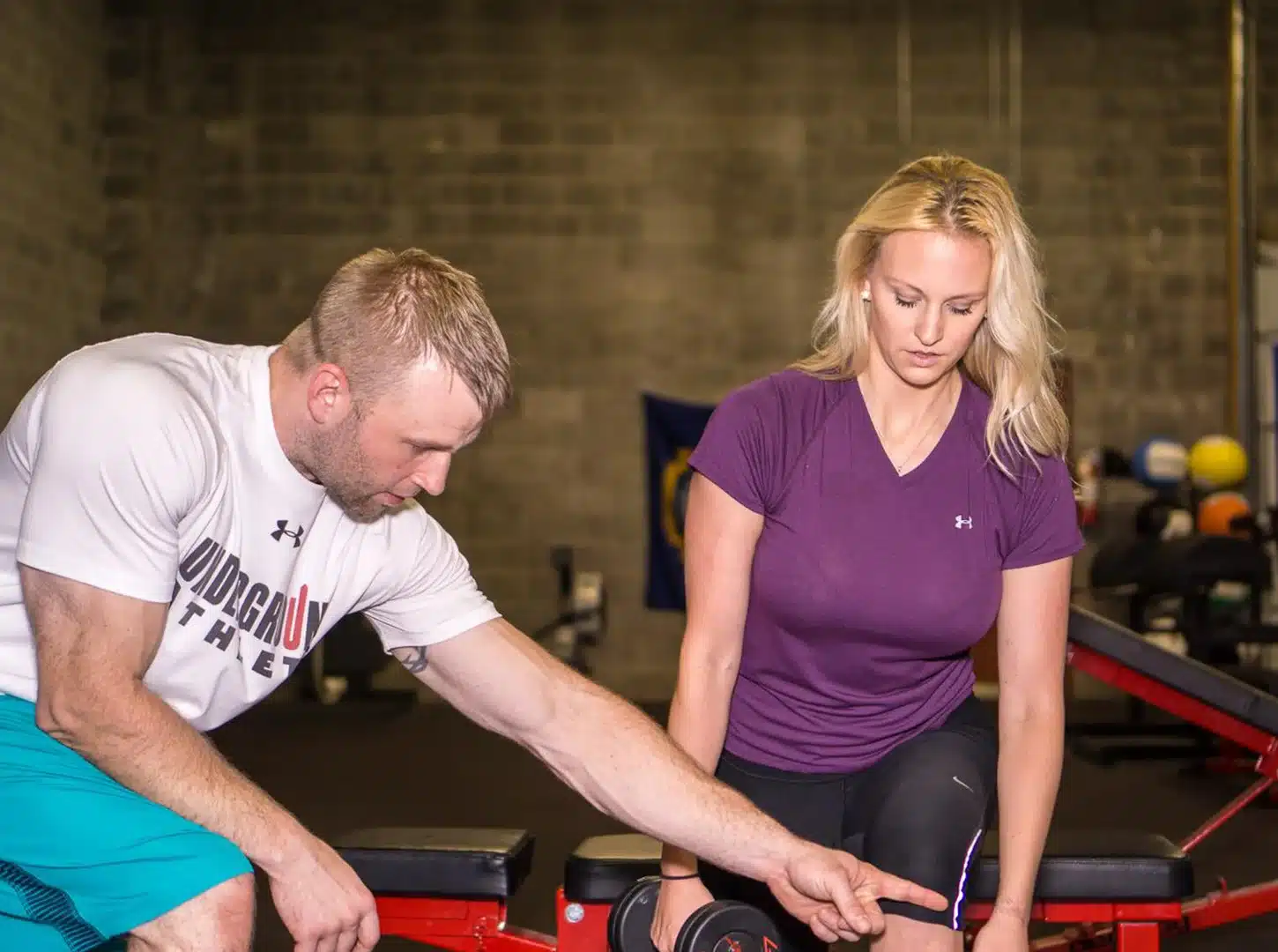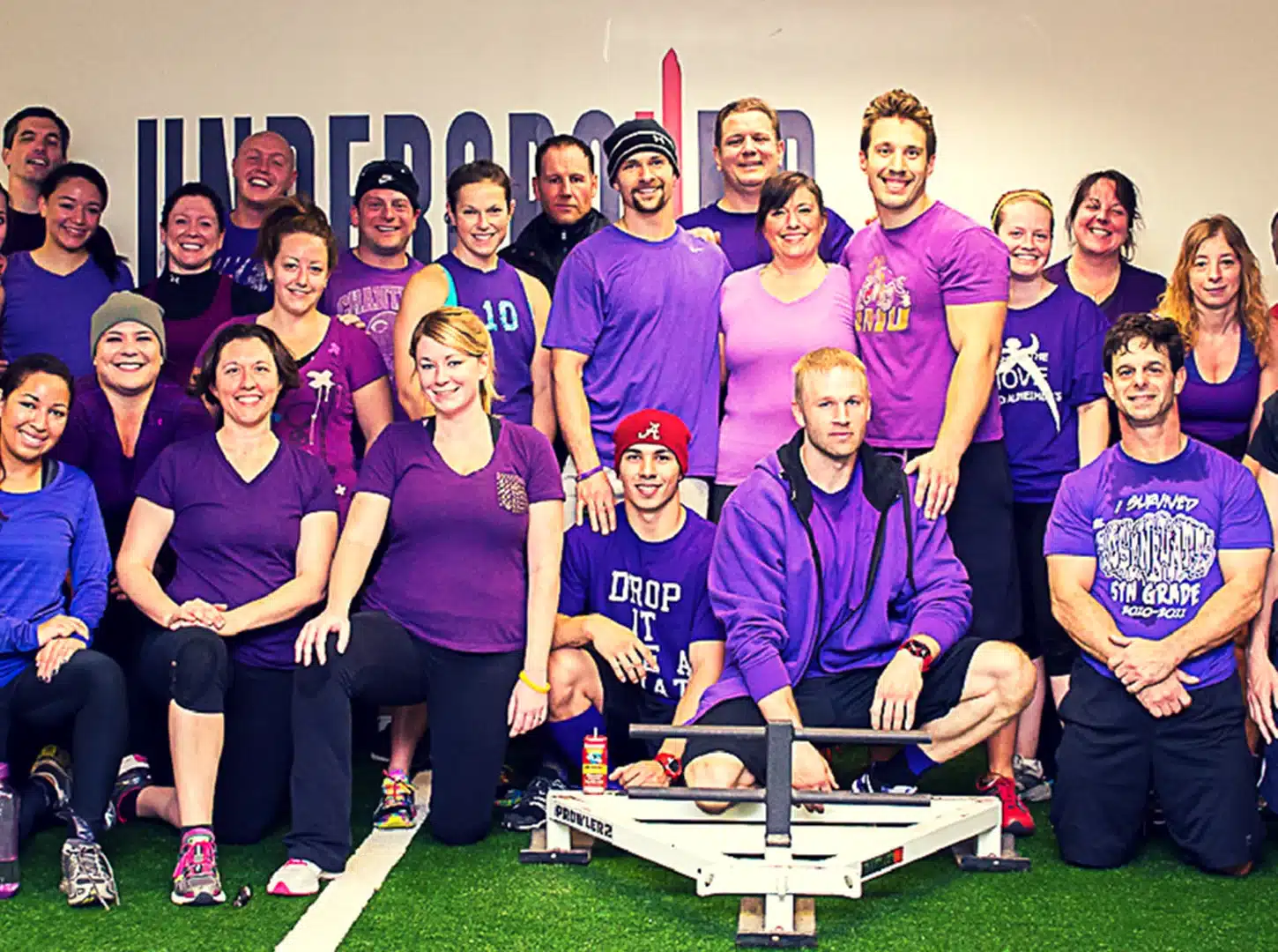THE BEST GYM NEAR ME IN Fairfax
It's Not Fitness.
IT'S LIFE.
Underground Athlete is a haven in Fairfax . Reach your peak potential with fun, dynamic fitness and an amazing community.
ARE YOU TIRED OF:
DOING BORING
WORKOUTS ALONE?
Join a community of like-minded people who motivate and lift each other up. You belong here – this is your tribe!
FEELING
LOST IN THE GYM?
Gain confidence by learning movements with proper form to prevent injury & boost confidence!
feeling like you
never have time?
Make time for yourself and get more done in less time. Our coaches will guide and keep you focused!
NOT HAVING A
SOLID GAME PLAN?
Build new habits around fitness, nutrition & recovery to hit your goals while having fun!
then we're ready.
to guide you
on your journey.
THAT'S WHY WE'VE CREATED
FUNCTIONAL FITNESS PROGRAMS
TAILORED TO MEET YOU WHERE YOU ARE

GROUP BASED
Semi-Private Training
Our coach-led group fitness class is for everyone! We use a combination of cardio, bodyweight and weights to maximize your hour with us. The workouts are different every day with a huge emphasis on getting you started safely whatever your current age or ability.

ONE-ON-ONE
PERSONAL TRAINING
Receive coaching and programming tailored to you and your needs. Each session is individually tailored to your goals and fitness level. This is a great option for those who want a more private setting, have a specific goal, or for those who would like to begin here before joining group classes.

GROUP BASED
Team Training
Discover the ultimate combo of fitness and camaraderie at our Underground Athlete, where our exciting team-building classes unite workouts with synergy. Elevate your fitness journey while forging connections, as our expertly coached classes inspire collaboration and motivation in a high-energy, supportive environment.

habit shifting
NUTRITION coaching




DON'T JUST TAKE OUR WORD FOR IT
WHAT Fairfax LOCALS ARE SAYING...
GETTING STARTED IS EASY!
ARE YOU READY TO LEVEL UP?
1. SCHEDULE YOUR FIRST VISIT
Talk with a coach about your goals and learn how we can get you to your best self.
2. START YOUR TRAINING
You have defined your goals and you are ready to begin your journey. We will start you strong by taking you through the fundamentals of training and sound habits putting you on the road to success!
3. HAVE FUN REACHING NEW LEVELS
Once you have the basics down you’ll book classes easily on our app, enjoy the workouts with awesome people and reach your goals in no time!
start
your
journey!
CLAIM YOUR FREE INTRO SESSION AND TOUR!
By submitting this form you are authorizing Underground Athlete to communicate with you via email, phone, and/or SMS. Msg & data rates may apply. You may opt-out at any time.
Underground Athlete
OUR CURRENT SCHEDULE
We welcome drop-in’s from other gym’s all over the world! Click here for drop-in details. If you are considering joining our gym, your drop in fee will be credited back to you at sign up. Click the button below to get started!


